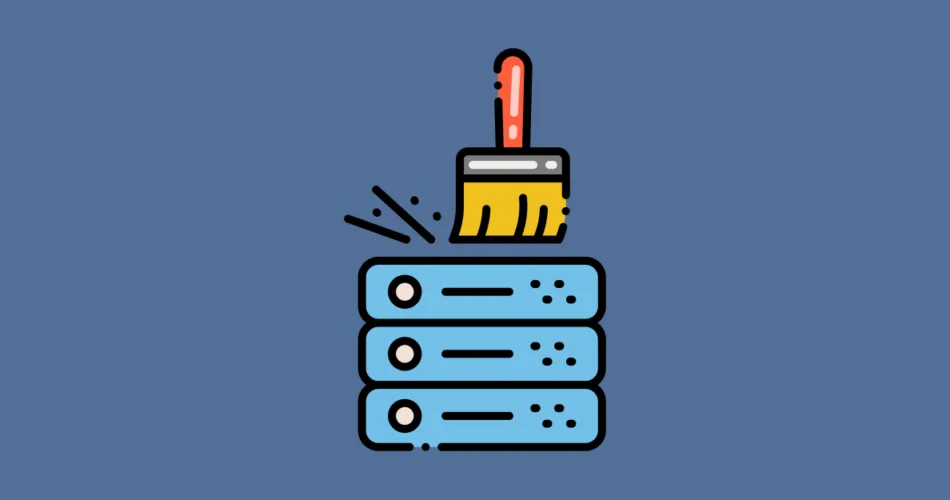Efficient database access is crucial for the performance of Java applications. One powerful technique to enhance database performance is caching. In this comprehensive guide, we’ll explore caching strategies and how to implement in-memory caching in Java applications for efficient database access.
Introduction to Caching
Caching involves storing frequently accessed data in a fast, easily accessible location, such as memory (RAM), to reduce the need for repeated, slower database queries. By caching data, you can significantly improve the response time of your Java applications and reduce the load on the database server.
Key benefits of caching include:
- Improved Performance: Cached data can be retrieved much faster than querying a database, resulting in quicker application responses.
- Reduced Database Load: Caching reduces the number of database queries, helping to lower the load on your database server.
- Enhanced Scalability: By reducing database load, your application can handle more concurrent users and requests.
In-Memory Caching with Java
Java provides various caching libraries and frameworks for implementing in-memory caching. One popular choice is using the Java Caching System (JSR-107), also known as JCache. JCache is a standard caching API for Java applications, and it supports various caching providers, such as Ehcache, Hazelcast, and Caffeine.
Let’s take a look at an example of in-memory caching using the Caffeine cache library:
import com.github.benmanes.caffeine.cache.Caffeine;
import com.github.benmanes.caffeine.cache.LoadingCache;
import java.util.concurrent.TimeUnit;
public class DatabaseCache {
private LoadingCache<String, Object> cache;
public DatabaseCache() {
cache = Caffeine.newBuilder()
.maximumSize(100) // Set maximum cache size
.expireAfterWrite(10, TimeUnit.MINUTES) // Set cache expiration time
.build(this::loadData); // Define a data loading function
}
public Object getData(String key) {
return cache.get(key);
}
private Object loadData(String key) {
// Implement logic to fetch data from the database
// This method is called when data is not found in the cache
return fetchDataFromDatabase(key);
}
private Object fetchDataFromDatabase(String key) {
// Simulate fetching data from the database
// Replace this with your database query
return "Data for key: " + key;
}
}
In this example, we use the Caffeine cache library to create an in-memory cache with a maximum size of 100 entries and a 10-minute expiration time for cached data. A data loading function populates the cache by fetching data from the database when needed.
By integrating in-memory caching strategies into your Java application, you can significantly improve database access performance, resulting in a more responsive and efficient application.
Subscribe to our email newsletter to get the latest posts delivered right to your email.


Comments